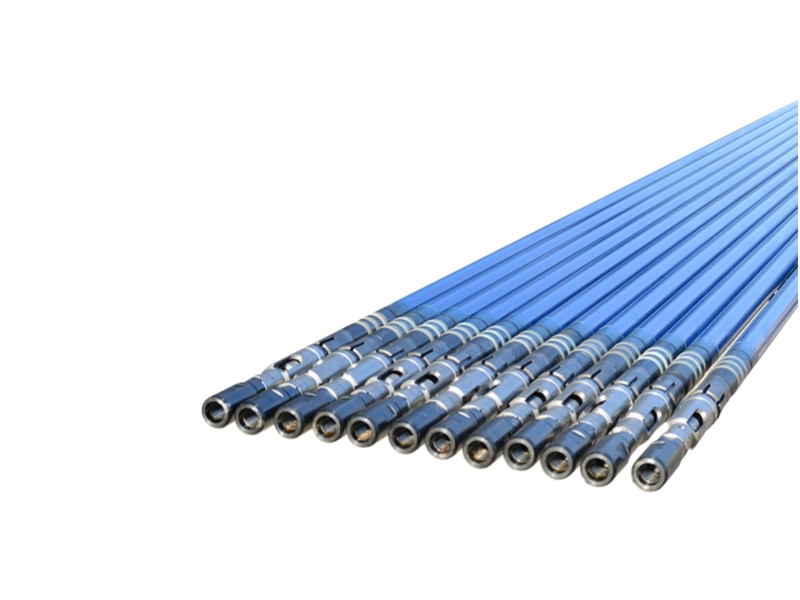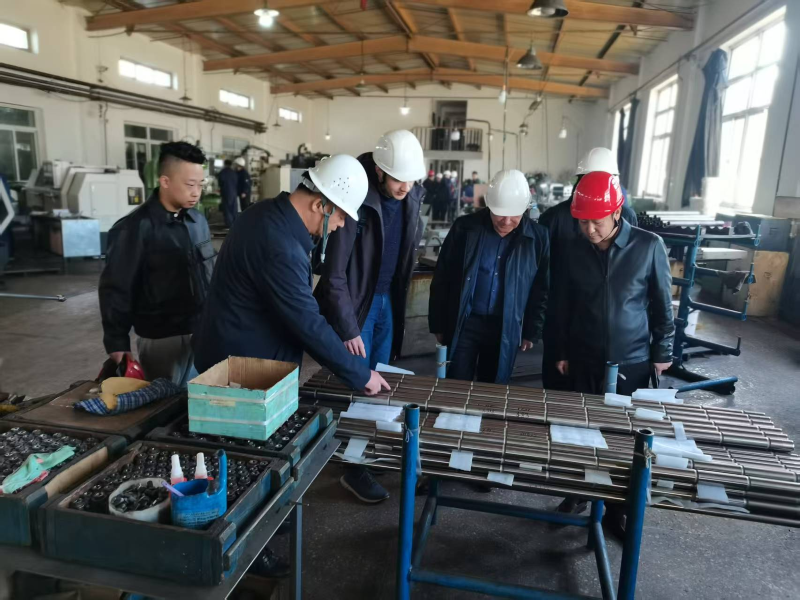Table of contents:
Industry standard compliance
Product structure and performance
Other applicable scenarios
Corporate security
1. Standard compliance:
API type rod pump strictly follows the API Spec 11AX standard of the American Petroleum Institute, from the size specification of the plunger diameter of 1.0625-3.75 inches to the structural requirements of the X-type thin-walled pump cylinder, there is a clear technical definition. As an API 11AX certified company, Tieling Dongsheng's API type rod pump can be directly connected to the procurement standards of large oil fields such as PetroChina and Sinopec.
On the other hand, non-benchmark pumps have no unified technical guidelines, and the gap between the pump barrel and the plunger is prone to deviation, resulting in seal failure.Data show that the proportion of downhole failures caused by non-standard pumps due to non-compliance exceeds 60%, while the compliance rate of API type rod pump reaches 100%.

2. Structure and performance:
Structural design:
API type rod pump is divided into fixed top of the fixed cylinder, fixed bottom of the fixed cylinder, fixed bottom of the moving cylinder and other types. For example, the moving cylinder type API type rod pump can prevent sand deposition through the reciprocating movement of the pump cylinder and adapt to sand-containing well conditions.Non-benchmarking pumps are mostly general-purpose structures with no targeted design, and they are prone to partial wear of rods and columns in inclined wells and deep wells.
Core performance:
Tieling Dongsheng API rod pump plunger and pump barrel are treated by a unified grinding process, and with the hard-lined valve cover assembly, the volumetric efficiency is 15%-20% higher than that of non-benchmark pumps.In deep wells above 2500 meters, API type rod pump has a failure rate of only 1/3 of that of non-benchmark pumps due to the design of the pump cylinder to resist internal rise.

3. Applicable scenarios:
API type rod pump covers the size range of 1.9-4.5 inch tubing, and Tieling Dongsheng has an annual production capacity of 2,000 API type rod pumps, which can meet the needs of many scenarios such as low-yield wells, deep wells, and intermittent pumping wells:
Fixed API type rod pump at the bottom of the fixed cylinder, suitable for deep wells ≥2500m
Moving cylinder API type rod pump specializes in sand-bearing wells and intermittent oil production wells
Non-benchmarking pumps are limited by technology and can only be used in shallow wells and conventional reservoirs. The average service life in high-sand and high-viscosity oil wells is less than 3 months, which is much lower than the API type rod pump's 8-12 months.
4. Corporate security:
As a qualified supplier of PetroChina and Sinopec, Tieling Dongsheng has established a full-process testing system, implementing API standards from raw materials to finished products. Its API type rod pump can provide customized services, and it can be used with products such as whole tube pumps to form solutions.
Non-standard pumps are mostly produced by small workshops, and there is no after-sales guarantee. In the event of problems such as stuck pumps and leakage, tens of thousands of yuan of workover costs will be incurred.Tieling Dongsheng API type rod pump relies on a 20-person technical team to achieve timely operation and maintenance response within 48 hours.


